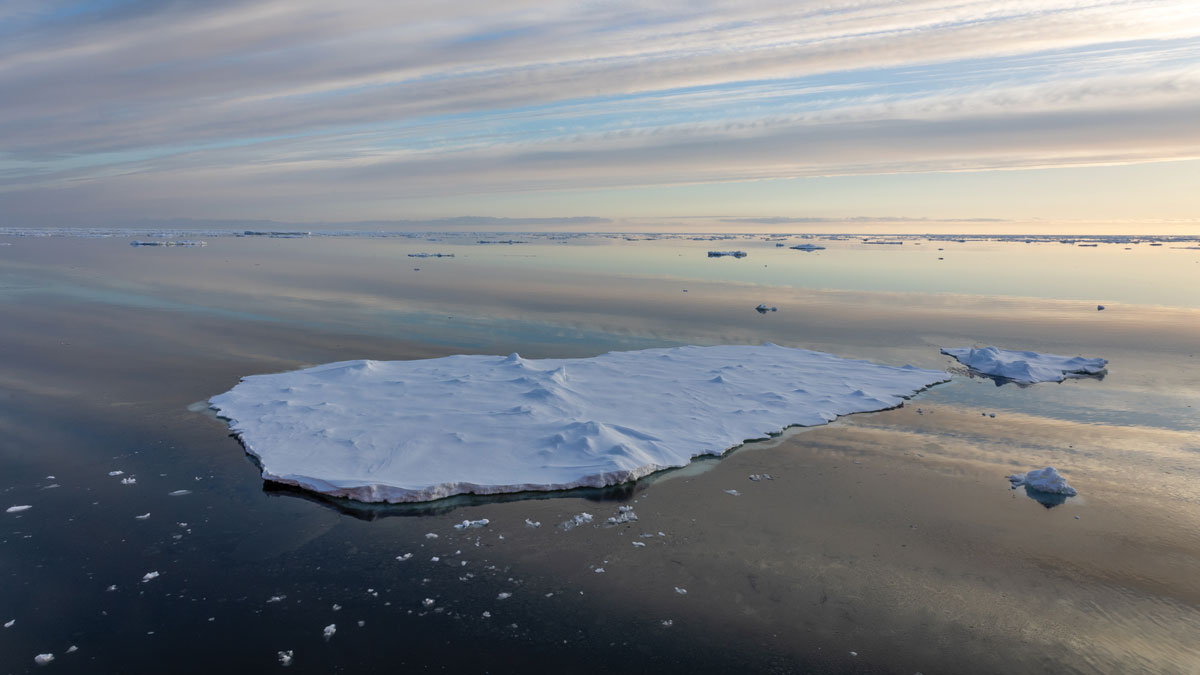Swirling currents called mesoscale eddies occupy about 22% of the ice-free Southern Ocean. Using data from drifting floats and satellites, scientists report the impact these eddies have on biogeochemical cycles.
Southern Ocean
An All-Community Push to “Close the Loops” on Southern Ocean Dynamics
A new study highlights the connected nature of the Southern Ocean dynamic system, the research priorities needed to understand its influence on climate change, the importance of cross-disciplinary collaborations.
Climate Model Simulates Unusually High Heat over the Southern Ocean
U.K. researchers compare HadGEM3-GC3.1 simulations of near-surface air temperatures with those from other state-of-the-art models.
Confined at Sea at the End of the World
Embedded on a research cruise in the Antarctic, a journalist joins a scientists’ “summer camp.”
Holes in Ross Sea Ice Grow and Shrink in Unexpected Cycle
Changes in polynya area in the Ross Sea region off Antarctica follow a previously unidentified 16-year periodicity.
La acidez del océano antártico aumentará rápidamente a finales del siglo
Nuevos estudios muestran que los niveles de acidez podrían llegar a duplicarse para el 2100, poniendo en peligro los ecosistemas frágiles del gélido Océano Austral.
El Niño May Have Kicked Off Thwaites Glacier Retreat
Antarctica’s “Doomsday Glacier” started losing mass midcentury, around the same time as its neighboring glacier.
Antarctica’s Ocean Acidity Set to Rise Rapidly by Century’s End
New research shows acidity levels could as much as double by 2100, imperiling fragile ecosystems in the frigid Southern Ocean.
Overturning Ocean Water by Turbulence
A high-resolution regional model of the Southern Ocean reveals how topographically induced mixing in the abyss is important in creating the water masses that can upwell back up to the surface.
Seawater Dynamics in an Underexplored Antarctic Fjord
Wind is the major driver of salinity changes within the narrow, glacier-fed cove.










